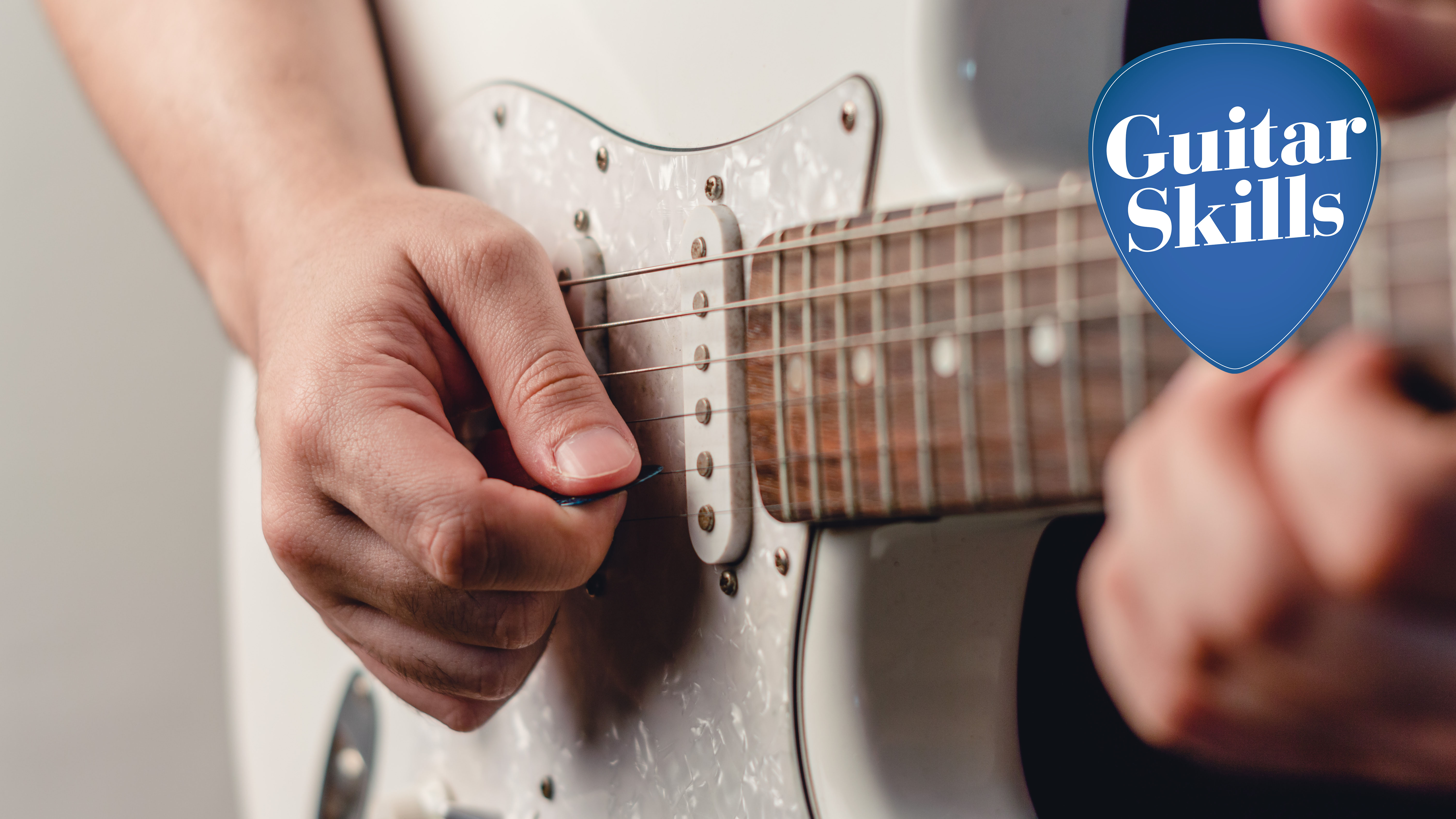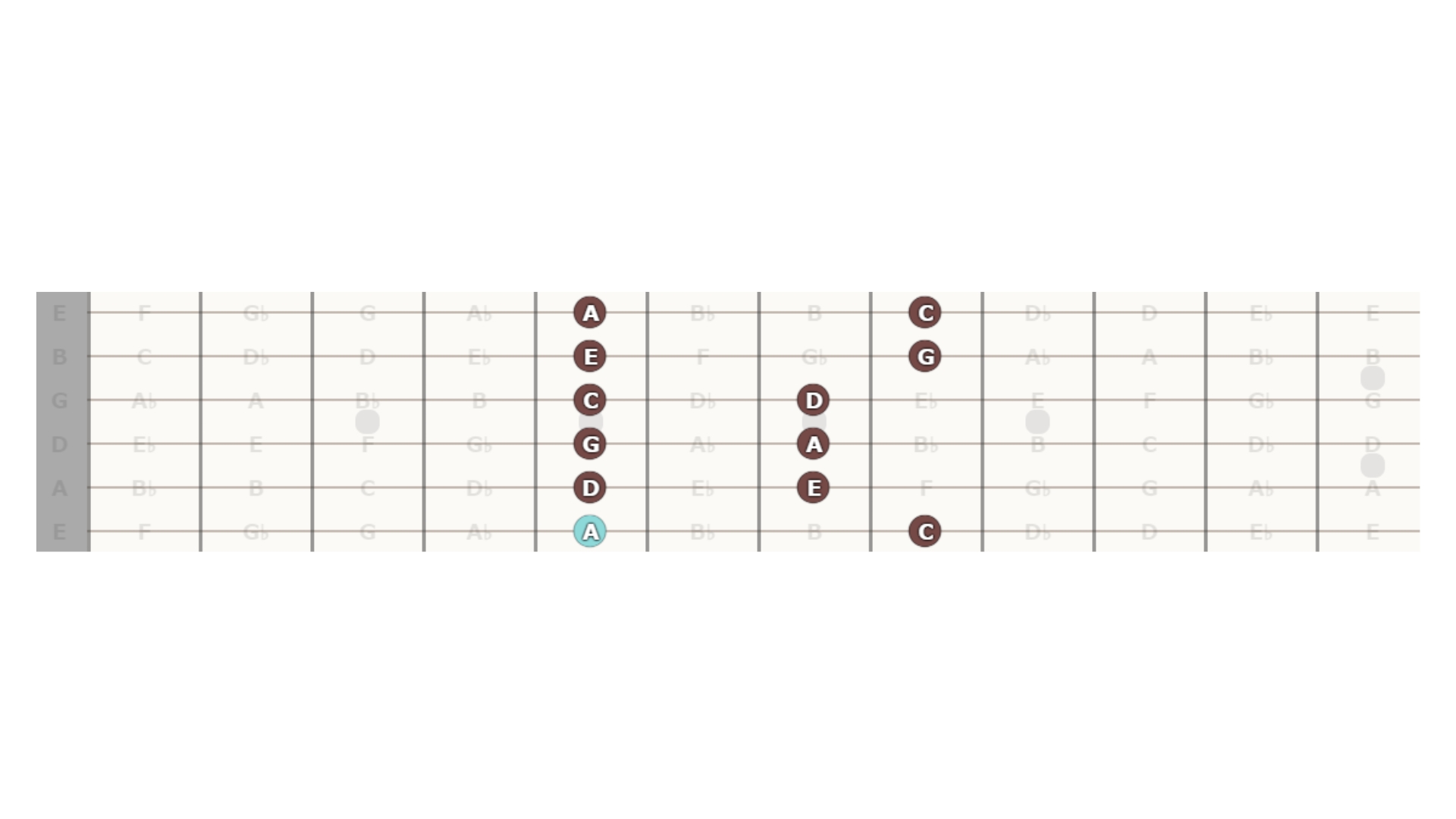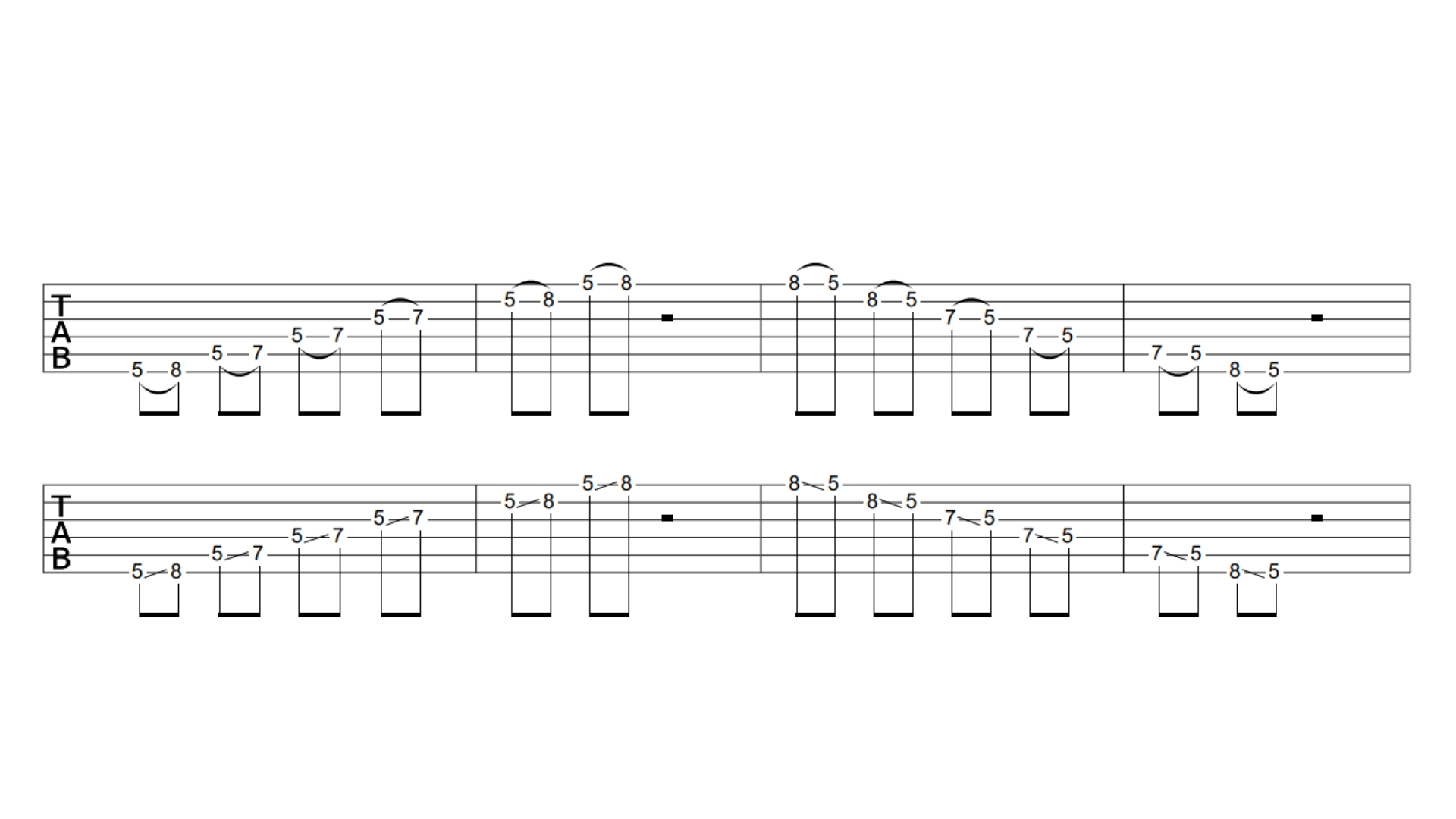How to start learning and playing guitar solos
Learning how to play lead guitar can seem like a mountain to climb – but it doesn’t have to be!

In this lesson we’re going to look at five tips that you can use in your practice routine that will help you to start learning how to learn guitar solos easier.
The great thing with these tips is that they can also be used later on in your progression too. It doesn’t matter if you’re new to playing lead, or an accomplished shredder, these tips are still going to be relevant.
If you keep these five simple tips in your regular practice routines, you will become a great lead guitarist in no time.
1. Learn your first scale
Scales are very important in the world of playing guitar leads. Scales are our roadmap of which notes on the fretboard work over certain keys of music.
There are many, many scales out there – far too many for any one person to master all of them. The great news is, you don’t need them all. To get started you need just one. This scale is the most common scale in rock and blues music and it’s called the minor pentatonic scale.

This is a transposable scale shape which means you can move it anywhere on the fretboard and use it in whatever key you want. The key is determined by a note known as the root note. This is the lowest note in the scale. In the case of this video, and diagram below, the root note is an A which makes it an A Minor Pentatonic scale.
2. Master your techniques
There are a range of techniques you can learn to add to your guitar playing to create different sounds and feels with notes. In this lesson we’re going to focus on just three main techniques:
Get the MusicRadar Newsletter
Want all the hottest music and gear news, reviews, deals, features and more, direct to your inbox? Sign up here.
- Hammer-ons
- Pull-offs
- Slides
A Hammer-on is when you play a note anywhere on the guitar, then with another finger from your fretting hand you hammer onto another fret on the same string, sounding a second note. This means you pick once, but get two notes.
A pull-off is the opposite. You start with two different fingers on two different frets on the same string. When you pick the string, you hear the pitch of the highest fretted note. You then pull off (with a slight downward flicking motion) to sound the second fretted note.
A slide is when you pick a fretted note and then slide your fretting finger up or down the fretboard to another note without releasing the pressure on the note.

Once you’ve mastered the techniques as shown in the video, you can combine them with your minor pentatonic scale and run up and down the scale with the techniques as a great exercise to lock them in.
3. Learn some relitavely easy guitar solos
Once you have some techniques in your trickbag, it’s time to put them to good use. A great way to get started is to learn some easy guitar solos. You don’t have to look far to find exhaustive lists of guitar solos that are perfect for beginner solo players.
Here are a few to get you started:
The reason learning artist's guitar solos is useful is because it allows you to see the context of how the scales an techniques fit into the bigger picture. It shows you how simple note groupings can create melodies and guitar line that we always remember.
It gives you an insight into how everything you’ve learnt fits together.
4. Start improvising
Improvising is the ability to play off the cuff and come up with ideas on the spot.
It is is one of the main cornerstones of lead guitar playing. All the greats from Eric Clapton to Jeff Beck built their foundation on improvised blues solos. It’s a skillset that all guitarists should know. But the idea of playing on the spot and being able to come up with someone might seem like an impossible concept to grasp
The big issue with approaching improvisational passages is the option paralysis of having all the notes in the key but not knowing how to start. A great way to work on your improvising skills and your phrasing is to limit the amount of notes available.
Take a group of four notes from your scale and improvise over a backing track with only those 4 notes. Inside the notes you can use as many techniques as you want, but do not stray from that block of notes.
This makes you think about how you play notes and not what notes you do play. Use your ears and try to come up with as many pleasing licks as possible.
5. Build up to learning more complex solos and licks
The next level of learning is to take some more complex solos and licks and start learning them. This is the point where you will really start to push yourself and you may find yourself moving outside of your comfort zone pretty quickly here.
Whatever stage of your playing you’re at, you will always be learning something harder than your current ability level.
To maximise your learning potential when working on harder ideas you can follow some basic principles:
- Break it down – If you’re learning a long solo, break it down into 1 or 2 bar groups. Breaking things down prevents you feeling overwhelmed when trying to learn complex parts.
- Play it slowly – Play these groups slowly so your fingers learn the movements cleanly, then start to practise the speed with a metronome. This allows you to focus on the detail of what you’re playing.
- Learn how it sounds – Listen to the parts over and over again until you can sing the part in your head. This helps when practising because you can compare how it should sound in your head to what it sounds like when you play it. This allows you to make critical judgements in your practise and correct issues.
Leigh Fuge is a guitar player and content creator with a love for all things '80s. When he’s not creating gear demos for his Youtube channel he’s teaching students via his online guitar course Right Notes Music Tuition. Off camera he spends most of his time travelling around the UK performing at functions and corporate events. www.instagram.com/leighfugeguitar










